UK demonstration of borehole sealing technology
29 November 2022
Existing boreholes at the Rosemanowes quarry in Cornwall, southwest England, have been successfully sealed by Nuclear Waste Services (NWS) in a demonstration of the technology it plans to use to seal boreholes drilled during the search to find a suitable location for a Geological Disposal Facility (GDF) in the UK.
.jpeg?ext=.jpeg) The demonstration of the borehole sealing technology at Rosemanowes (Image: NWS)
The demonstration of the borehole sealing technology at Rosemanowes (Image: NWS)The UK search for a suitable site is a nationwide process based on community consent and includes detailed investigations over a number of years. Community Partnerships, which have formed in Mid Copeland, South Copeland, and Allerdale in Cumbria, and Theddlethorpe in Lincolnshire, are engaging in a dialogue with local people to ensure they have access to information about what hosting a GDF might mean.
During the process of exploring if a site is suitable to host a GDF, deep boreholes will be drilled to investigate the geology of the location. NWS will then need to seal these boreholes as part of the site restoration programme to minimise impact on the environment.
NWS is conducting a project - costing more than GBP5 million (USD6 million) - to investigate and demonstrate to regulators its approach for deep borehole sealing.
The latest phase of this project was carried out at the Borehole Test Facility at the Rosemanowes quarry. NWS said the site, formerly a working quarry, now offers access to one of the most comprehensively mapped well systems in the world.
Two pre-existing boreholes in granite - one 2 kilometres deep and the other 300 metres deep - were successfully sealed using an innovative technology called a Downhole Placement System (DPS) tool.
Bentonite clay was used as sealant because of its low permeability and swelling properties, with cement being used for seal support. Commonly found world-wide and used in international waste management programmes, bentonite will also be packed around some GDF waste packages as part of the engineered barrier system that will isolate and contain disposed waste in the UK GDF.
The DPS tool is being tested in different locations with varying rock types and at varying borehole depths. The first successful test was in Sweden in 2018 in a 200-metre borehole, followed by a 300-metre borehole in clay in Harwell, Oxfordshire.
"The aim of this research project is to demonstrate the process we plan to use for sealing deep boreholes during future investigations into potential sites for a geological disposal facility," said Simon Norris, principal research manager at NWS and project technical lead. "We want to show that we have the necessary toolkit of approaches, procedures, and equipment to seal any boreholes we may construct in the GDF siting process, and this research was a step closer to achieving this goal."
A GDF comprises a network of highly-engineered underground vaults and tunnels built to permanently dispose of higher activity radioactive waste so that no harmful levels of radiation ever reach the surface environment. Countries such as Finland, Sweden, France, Canada and the USA are also pursuing this option.
Researched and written by World Nuclear News
.jpg?ext=.jpg) The agreement was signed by Kirsty Armer, Vice President of Westinghouse Environmental Services UK (left), and Mikael Karlsson, Business Areas President, Waste Management Technology of Studsvik (Image: Westinghouse)
The agreement was signed by Kirsty Armer, Vice President of Westinghouse Environmental Services UK (left), and Mikael Karlsson, Business Areas President, Waste Management Technology of Studsvik (Image: Westinghouse)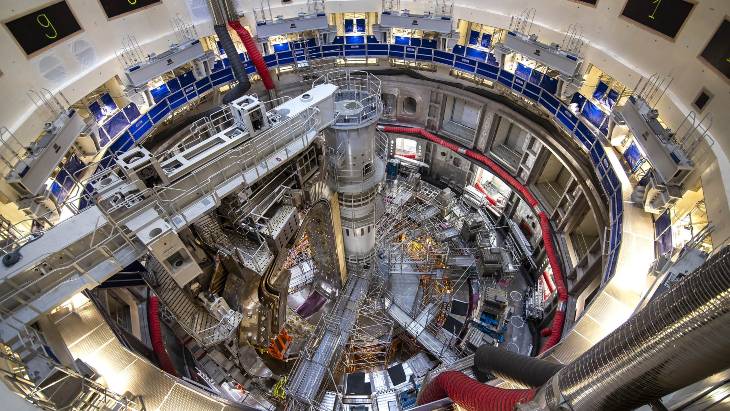 The decision was taken to lift the module already installed in the machine pit and disassemble it in order to proceed with the repairs (Image: ITER)
The decision was taken to lift the module already installed in the machine pit and disassemble it in order to proceed with the repairs (Image: ITER)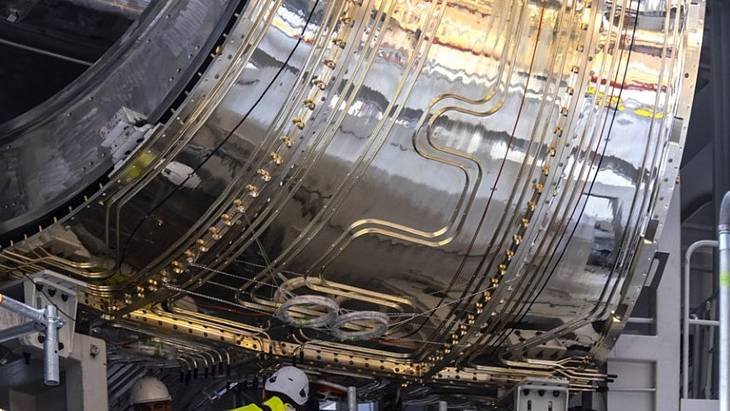
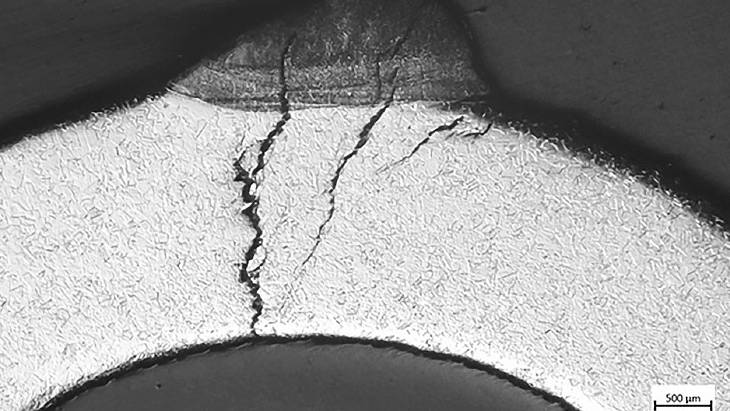 Investigative techniques (high-resolution CT scanning, scanning electron microscope, energy-dispersive X-ray spectrometer, and metallographic observation) revealed cracks in thermal shield cooling pipes such as the ones pictured here, 2.2 mm deep and crossing the full width of the pipe (Image: ITER)
Investigative techniques (high-resolution CT scanning, scanning electron microscope, energy-dispersive X-ray spectrometer, and metallographic observation) revealed cracks in thermal shield cooling pipes such as the ones pictured here, 2.2 mm deep and crossing the full width of the pipe (Image: ITER)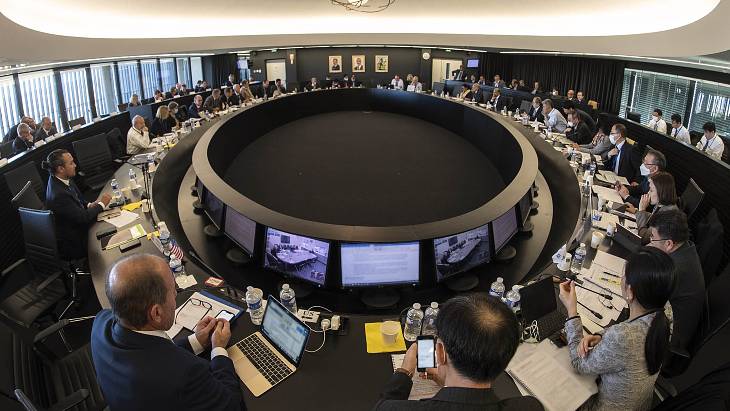
.jpg?ext=.jpg) The MoU was signed at SNC-Lavalin's headquarters in Canada on 21 November (Image: KHNP)
The MoU was signed at SNC-Lavalin's headquarters in Canada on 21 November (Image: KHNP)_1.jpg?ext=.jpg) (Image: Pixabay)
(Image: Pixabay).jpg?ext=.jpg) (Image: Pixabay)
(Image: Pixabay).jpg?ext=.jpg) How a First Light Fusion plant could look (Image: First Light Fusion)
How a First Light Fusion plant could look (Image: First Light Fusion).jpg?ext=.jpg) An AC100M centrifuge, in a black protective covering, positioned in an assembly stand (Image: Centrus)
An AC100M centrifuge, in a black protective covering, positioned in an assembly stand (Image: Centrus).jpg?ext=.jpg) Darlington (Image: CNSC)
Darlington (Image: CNSC)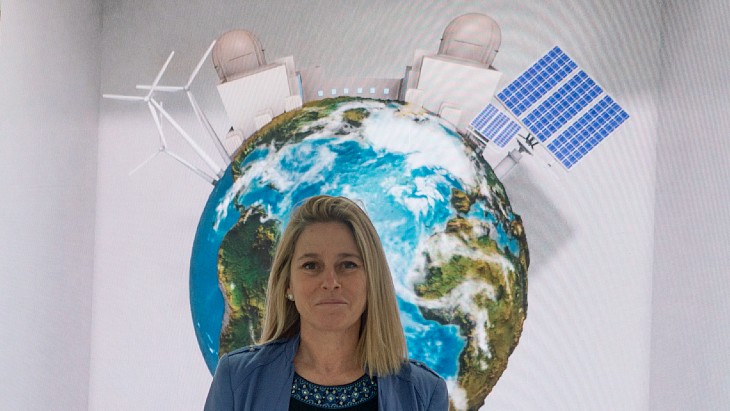 Sama Bilbao y León at COP27 (Image: World Nuclear Association)
Sama Bilbao y León at COP27 (Image: World Nuclear Association)